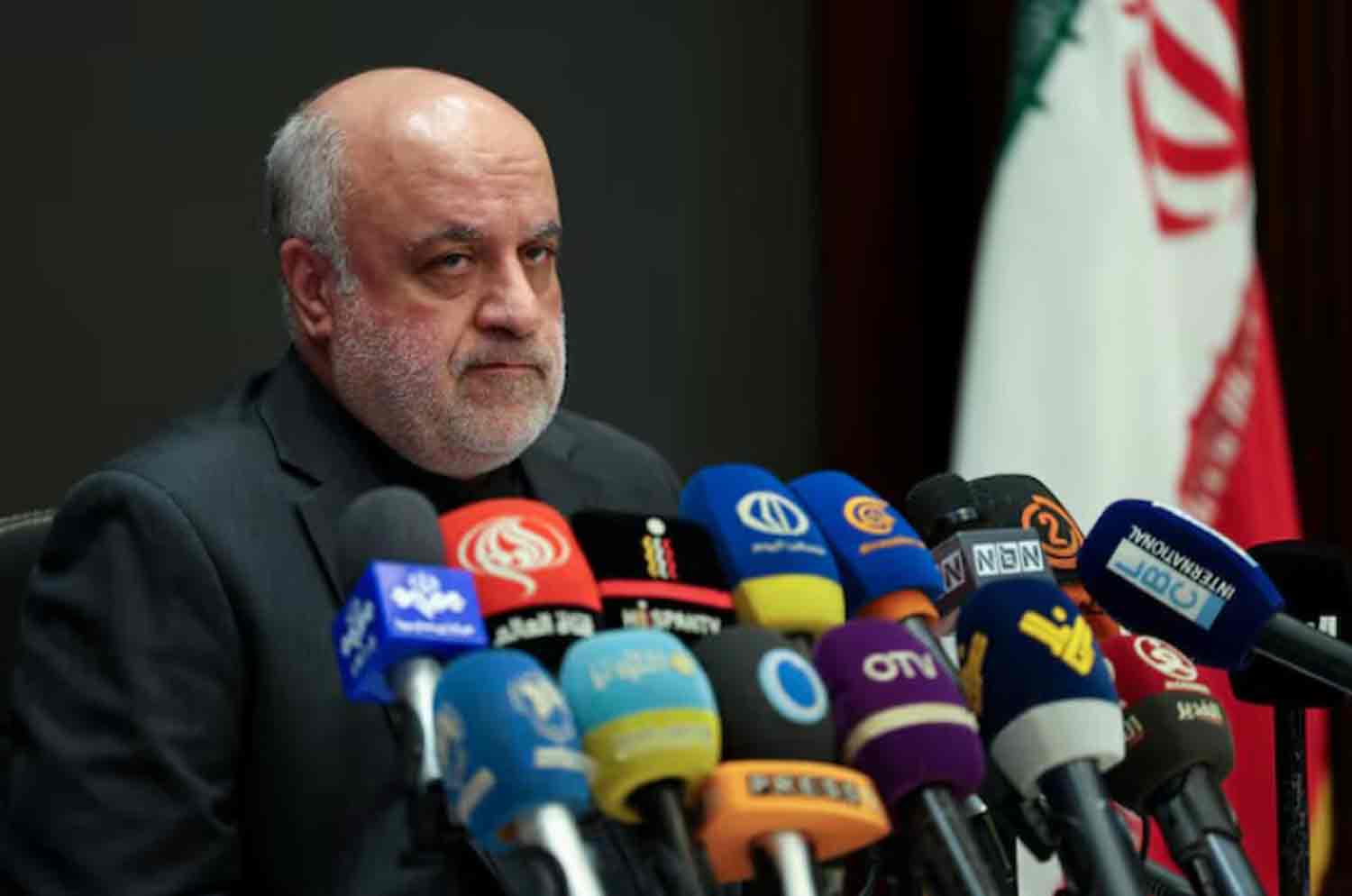On Tuesday, at least eight individuals lost their lives, and 2,750 others, including Hezbollah fighters, medical personnel, and Iran’s envoy to Beirut, sustained injuries when communication pagers exploded throughout Lebanon, according to security sources and the Lebanese health minister.
Lebanon’s information minister, Ziad Makary, condemned the pager explosions, labeling them as an “Israeli aggression.” Hezbollah also attributed the blasts to Israel, asserting that it would face “its fair punishment.”
A Hezbollah official, who requested anonymity, described the pager detonations as the “largest security breach” the organization has experienced in nearly a year of conflict with Israel. Since the outbreak of the Gaza war last October, Israel and the Iran-backed Hezbollah have been involved in cross-border hostilities, marking the most significant escalation in years.
Hezbollah has confirmed in a statement that at least three individuals lost their lives, including two of its members. The third victim was identified as a girl, and the organization indicated that an investigation is underway to determine the causes of the explosions.
According to the group, Hezbollah leader Sayyed Hassan Nasrallah was unharmed in the blasts. The series of explosions continued for approximately one hour following the initial detonations, which occurred around 3:45 p.m. local time (1345 GMT). The method of detonation remains unclear.
The Lebanese foreign ministry characterized the explosions as a “dangerous and deliberate Israeli escalation,” asserting that this was accompanied by Israeli threats to significantly broaden the conflict into Lebanon. Lebanese internal security forces reported that several wireless communication devices were detonated throughout Lebanon, particularly in the southern suburbs of Beirut, a known Hezbollah stronghold. Security sources indicated that the detonated pagers were the latest models recently acquired by Hezbollah.
In terms of casualties, Lebanese Health Minister Firass Abiad reported that 2,750 individuals were injured, with 200 sustaining critical injuries. Many of the injured were Hezbollah fighters, including the sons of prominent officials within the group, according to two security sources. One of the deceased fighters was identified as the son of Ali Ammar, a Hezbollah member of the Lebanese parliament.
Additionally, Iran’s ambassador to Lebanon, Mojtaba Amani, reportedly sustained a “superficial injury” from a pager explosion and is currently being monitored in a hospital, as per Iran’s semi-official Fars news agency.
Israeli government has not issued any statements regarding the recent explosions. Earlier on Tuesday, Israel’s domestic security agency reported that it had thwarted a plot by the Lebanese militant group Hezbollah to assassinate a former senior defense official in the near future. The Shin Bet agency, which did not disclose the identity of the official, announced that it had confiscated an explosive device linked to a remote detonation system, which Hezbollah intended to operate from Lebanon using a mobile phone and a camera. Shin Bet noted that this attempted attack bore similarities to a Hezbollah plot that was disrupted in Tel Aviv a year prior, although no further details were provided.
Hezbollah has expressed a desire to avoid a full-scale conflict with Israel, asserting that only a resolution to the Gaza war will halt the ongoing cross-border skirmishes. Efforts to establish a ceasefire in Gaza remain stalled after months of negotiations facilitated by Qatar, Egypt, and the United States.
Following the explosions on Tuesday, a Reuters journalist observed ambulances racing through the southern suburbs of Beirut, a stronghold of Hezbollah, amidst widespread panic. A security source indicated that additional devices were detonating in southern Lebanon.
At Mt. Lebanon hospital, a Reuters reporter witnessed motorcycles arriving at the emergency room, where individuals with bloodied hands were crying out in agony. Hassan Wazni, the head of the Nabatieh public hospital in southern Lebanon, informed Reuters that approximately 40 injured individuals were being treated at his facility, with injuries affecting the face, eyes, and limbs. Groups of people gathered at building entrances to inquire about acquaintances who might have been injured, as reported by the Reuters journalist.
Regional broadcasters aired CCTV footage showing what appeared to be a small handheld device spontaneously exploding next to a grocery store cashier during a transaction. In another clip, an explosion seemed to knock down an individual standing at a fruit stand in a market area.
The crisis operations center in Lebanon, overseen by the health ministry, has called upon all medical personnel to report to their respective hospitals to assist with the influx of patients requiring urgent medical attention. The center emphasized that healthcare workers should refrain from using pagers. The Lebanese Red Cross reported the deployment of over 50 ambulances and 300 emergency medical personnel to aid in the evacuation of victims.
Following the October 7 attacks by Hamas gunmen, which ignited the Gaza conflict, Hezbollah launched missiles at Israel. Since then, there has been a continuous exchange of fire between Hezbollah and Israel, although a significant escalation has been avoided. The ongoing hostilities have resulted in the displacement of tens of thousands of individuals from communities on both sides of the border.
On Tuesday, Israel included the safe return of its citizens who were compelled to evacuate their homes near the Lebanon border in its official war objectives.
Discover more from Defence Talks | Defense News Hub, Military Updates, Security Insights
Subscribe to get the latest posts sent to your email.





